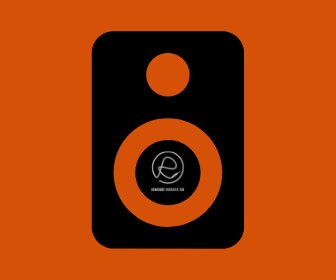

When you’re busy making music it’s easy to keep adding tracks to a session.īut all those combining signals build up at your master bus. Keeping good headroom is essential for getting the most out of your mix. Good headroom means leaving a healthy amount of space so that the majority of your audio is far below the clipping point. The amount of space in between the signal and the clipping point is the headroom. In your DAW, the clipping point is 0 dBFS (or decibels from full scale) on your channel meters. This effect is called clipping, and it’s the worst consequence of bad headroom. When you go over that limit, the tops of your signal’s waveform will get abruptly cut off.Īny audio information that passes above the limit is thrown away, causing harsh distortion and unpleasant artifacts. Headroom is how much room your audio signal has before it starts to get compressed and distorted.Įvery recording medium has a limit for how loud the signal can be. In this article I’ll explain everything you need to know to keep good headroom everywhere it matters. Luckily headroom is easy to understand once you know the role it plays in your work. It comes into play whenever you record tracks, add plugins or export files with your DAW.īut what does headroom mean? And why does it matter? With such a fundamental subject it can be hard to know where to start.

Headroom is an important quality of audio signals in music production.


 0 kommentar(er)
0 kommentar(er)
